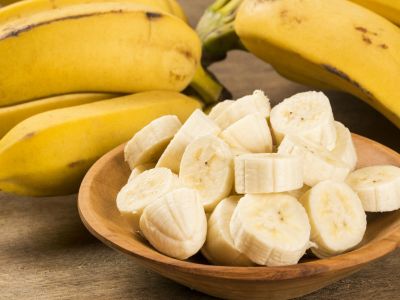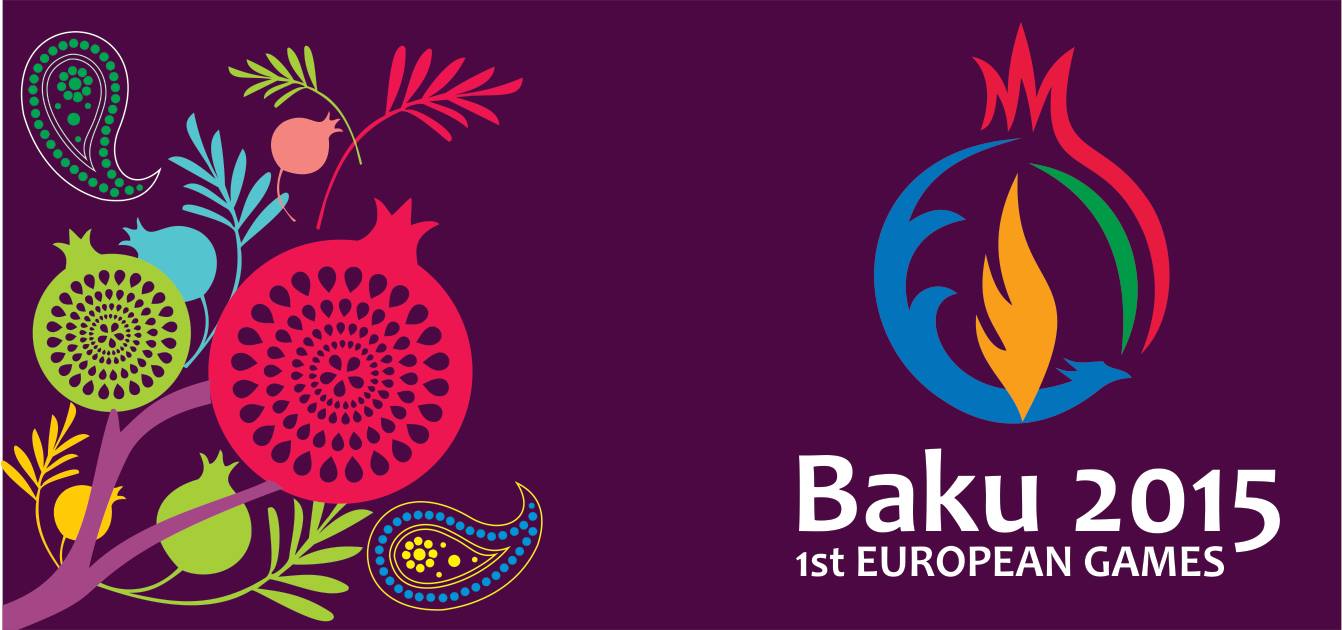When a person has diabetes, they need to carefully consider the contents of each meal. This can be especially true for carbohydrate-containing food, which not only includes desserts and other sweet treats, but bread, pasta, and fresh fruits.
One fruit that traditionally has been on the "avoid" list for those with diabetes is bananas. However, for the most part, bananas eaten in moderation can be safely enjoyed when a person has diabetes.
Bananas grow on banana plants that can have anywhere from 50 to 150 bananas in each bunch of fruit. The individual bananas are sold in varying sizes, from small to extra-large, the size-grading being determined by their length.
Nutritional breakdown
Overall, bananas are low in saturated fat, sodium, and cholesterol. They also have a good mix of nutrients, including vitamin B6, potassium, and manganese.
However, some doctors and dietitians may give bananas greater nutritional scrutiny when considering them for people with diabetes, because bananas are high in sugar relative to their calories.
One medium banana has an estimated glycemic load of 11, according to Harvard Health Publishing on glycemic loads. Glycemic load is a measure of a food's impact on blood sugar. A glycemic load of fewer than 10 is considered low, while one above 20 is high.
Can you eat bananas if you have diabetes?
Examples of lower-sugar fruit options include apples, grapes, and pears. Fruits with higher sugar levels include papayas and pineapples.
However, those with diabetes do not have to eliminate bananas from their diet, or any other fruit for that matter. Their other nutritional values in terms of vitamins and minerals can make them a healthy option for those with diabetes when consumed in moderation.
The American Diabetes Association recommend incorporating fruit into a diabetes diet, such as having a small piece of whole fruit or a half-piece of large fruit with each meal.
Cooking and preparation
Another factor to consider is how the banana is preparation. For example, some food manufacturers will market dried banana chips, as an easy-to-carry snack.
However, these may have sugars added to them to enhance their flavor. So, eating a serving-size of banana chips could raise a person's blood sugar much more than intended or when compared to eating a smaller-sized fresh banana.
Bananas and a diabetes diet
Some ways that a person with diabetes can incorporate bananas in their diet more safely include the following:
Know how many carbs are in your portion
When managing diabetes, it is important to know how many carbohydrates are being eaten in each sitting. One medium-sized banana has approximately 30 grams (g) of carbs, which is an appropriate amount for a snack.
However, if someone has a banana with another carbohydrate source, such as a piece of toast or cereal, they will have to take that into account and decrease the amount they eat. This will ensure they are not overeating carbohydrates in one meal or snack.
Pair with a "healthy" fat or protein source
Eating a banana with an unsaturated or healthy fat source, such as almond butter or a handful of nuts, can have a positive impact on blood sugar. Plus, these combinations can make for an especially delicious treat.
Another healthy idea is to pair a banana with a protein source, such as Greek yogurt or turkey slices. This will help keep a person full for longer and manage blood sugar.
Consider eating an unripe banana
Researchers have studied banana ripeness in regards to blood sugar. They found that green or unripe bananas tend to have less impact on blood sugar because they have less sugar than their ripe counterparts.
Unripe bananas also have "resistant" starches that the body cannot break down as easily, resulting in a slower increase in blood sugar.
Eat smaller-sized bananas
Portion control can play a role in the amount of sugar consumed in a banana. If a person chooses a smaller banana, they will eat fewer carbs. For example, a small banana that is 6–7 inches long has 23 g carbohydrates per serving, while an extra-large banana has 35 g of carbohydrates.
How many can you eat per day?
The answer to this question depends on the individual, their activity level, and how bananas affect their blood sugar. Some people's blood sugar may be more sensitive to bananas than others. Knowing how bananas affect an individual's blood sugar is useful and can help someone manage their medicines and insulin intake, if necessary.
There is no set number of bananas that can be eaten, but most people can enjoy at least 1 banana a day without problems.
Takeaway
Bananas are a safe and nutritious fruit to enjoy for people with diabetes, providing they do so in moderation, as they do any other type of food.
A person with diabetes is encouraged to include fresh food options, such as fruits and vegetables, in their diet.
Plus, a person can benefit from the nutrition and low calories that eating a banana provides. For recommendations on what to eat, and how much is appropriate for an individual, based on their specific needs, it is a good idea to speak to a registered dietitian.
© İstifadə edilərkən "Xalq qəzeti"nə istinad olunmalıdır.




















